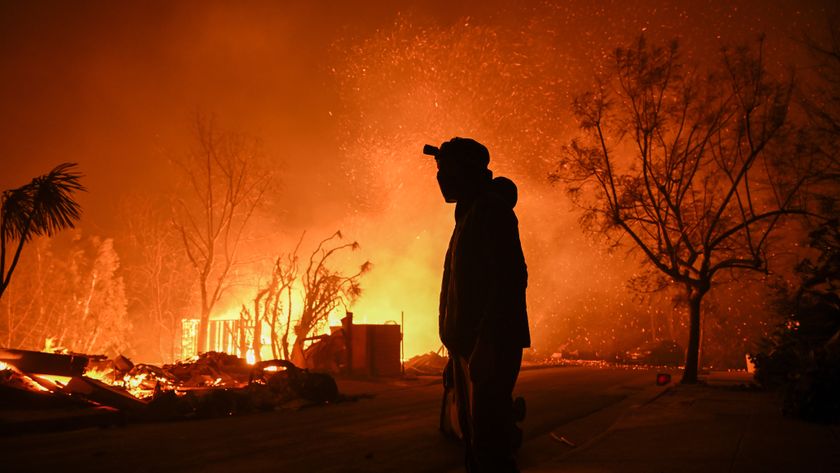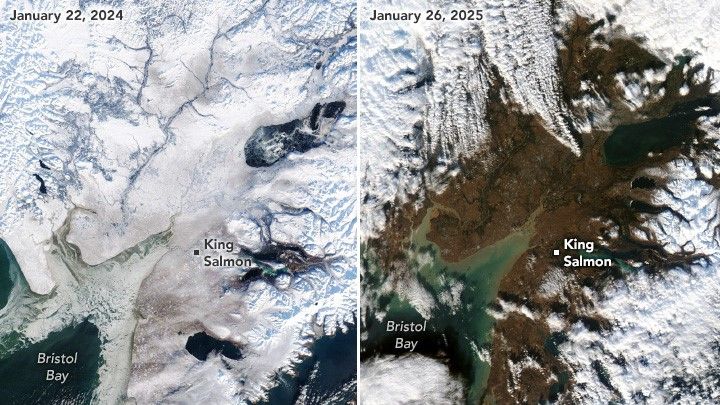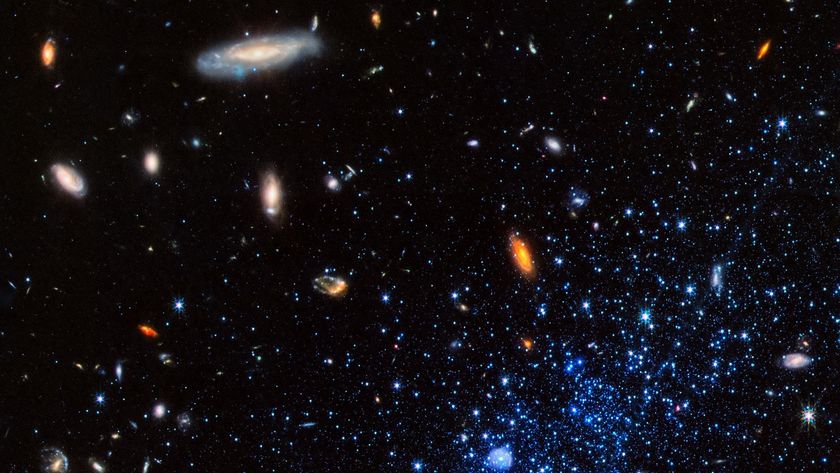Ice Age Reboot: Ocean Current Shutdown Viewed as Culprit

A dramatic slowdown in deep ocean currents matches a major reset in Earth's ice ages about 1 million years ago, new evidence from the South Atlantic seafloor suggests.
The discovery doesn't mean the ocean current stall-out is the only culprit behind the change in Earth's incessant ice ages, the study authors said. However, the findings provide new evidence that Earth's oceans can significantly alter its climate.
"We cannot tell for sure what broke the cycle," said lead study author Leopoldo Pena of the Lamont-Doherty Earth Observatory in New York. "Our evidence shows the oceans played a major role." [Infographic: Tallest Mountain to Deepest Ocean Trench]
For unknown reasons, about 950,000 years ago, Earth's ice age cycles suddenly lengthened, from 41,000 years to 100,000 years. The planet's thermostat was tweaked at the same time, with ice ages growing colder than before.
"This is the largest climatic change that has happened on our planet in the last 2 million years," Pena said. "For many decades, scientists have been trying to understand what happened."
The big switch took place without the usual suspects, such as a drop in energy from the sun due to orbital wobbles. So scientists turned to climate change for a possible cause. Pena and his co-authors have now discovered that a huge ocean "conveyor belt" stalled at the same time as the ice age switch. Their findings were published today (June 26) in the journal Science Express.
The conveyor belt is a global current system scientists call the thermohaline circulation (THC). The circulation pattern moves warm surface water from the Southern Hemisphere toward the northern latitudes, where it grows cold and salty and sinks. The denser water then flows back toward the south along the deep seafloor. The Gulf Stream is part of this giant conveyor belt. Paleoclimate records show the THC currents have operated for millions of years. [Video: Animation Reveals Ocean Currents]
Sign up for the Live Science daily newsletter now
Get the world’s most fascinating discoveries delivered straight to your inbox.
Tracing ancient currents
To track the strength of the ancient THC currents, Pena analyzed levels of neodymium in minerals crusted onto tiny shells of dead plankton. The minerals were encrusted after the plankton died, as the shells dropped to the seafloor. The neodymium indicates where the deep seawater came from, Pena said. For example, waters from the North Atlantic have a distinct neodymium "flavor" versus waters from the North Pacific.
By measuring the neodymium in shells in seafloor mud deposited during the past million years, Pena can estimate whether North Atlantic waters were flowing south, or if the current shut down.
When the ice age cycle was every 41,000 years, the THC currents were normal strength even during glacial periods, the researchers found. But 950,000 years ago, something shut down the conveyor belt during a glacial period. The crisis lasted 100,000 years, Pena said, and then the current recovered. However, after the transition, when Earth was in its 100,000-year ice age cycle, the ocean current grew weaker or stalled every time there was an ice age.
The researchers suspect the colder ice ages after the big flip meant large ice sheets in the North Atlantic shut down the ocean conveyor belt.
But for now, Pena says scientists aren't sure which came first — bigger ice sheets or a broken ocean conveyor belt. There was also a huge drop in carbon dioxide 950,000 years ago, which also played a role in cooling the planet. The sluggish conveyor belt could have contributed to this drop by hoarding the greenhouse gas in the deep ocean, Pena said.
"It's a chicken-and-egg question," Pena said.
Christopher Charles, a climate scientist who was not involved in the study, agrees that it's unlikely a single cause will emerge. The deep ocean could be one of many triggers for the ice age change.
"It's extremely likely that the switch in ice age cycling was at least strongly influenced by, if not controlled by, carbon cycling," said Charles, a professor at the Scripps Institution of Oceanography in San Diego. "It would not be at all surprising to me if ocean mixing somehow played a role in governing the storage of carbon in the deep ocean."
Email Becky Oskin or follow her @beckyoskin. Follow us @livescience, Facebook & Google+. Original article on Live Science.



